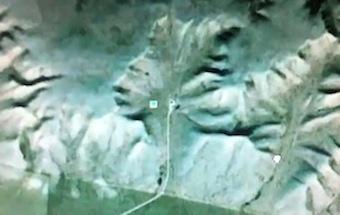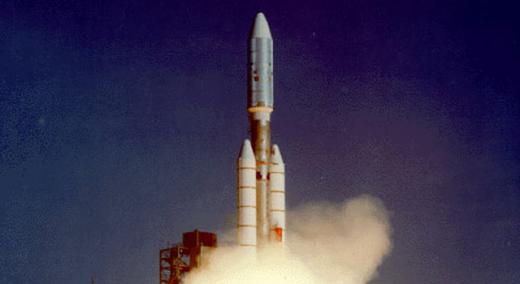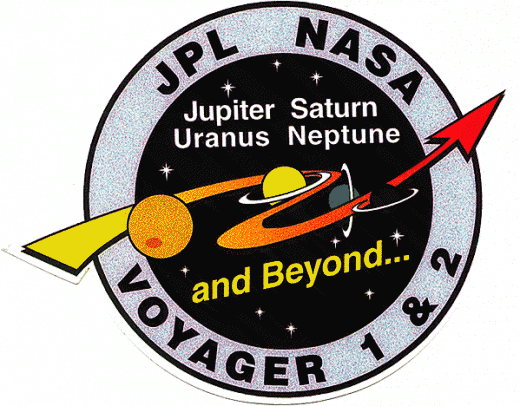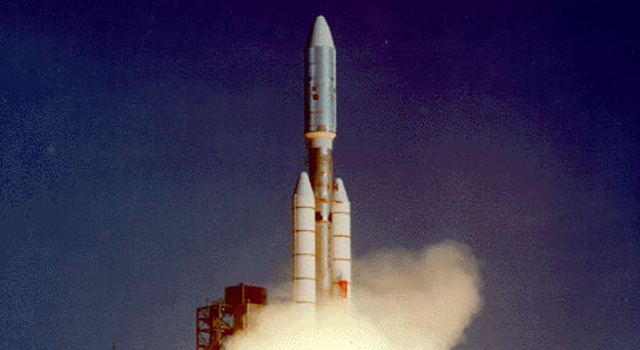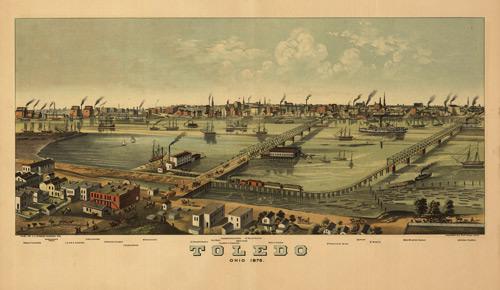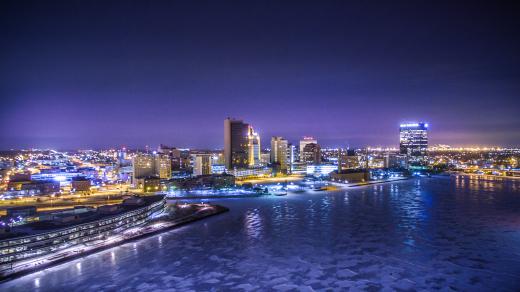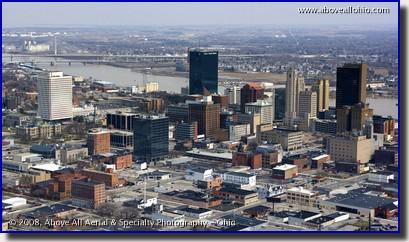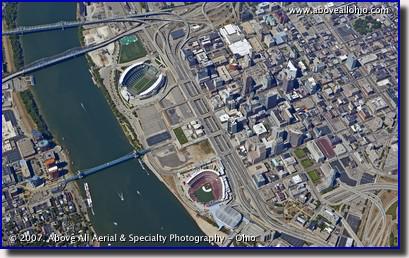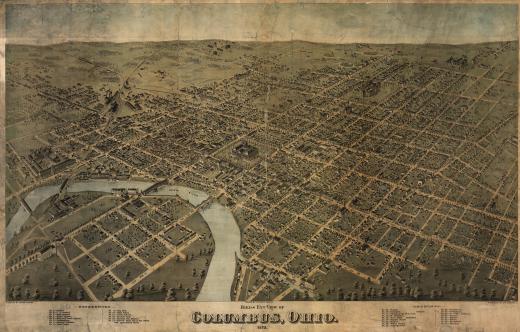Home Page
- 5030922 reads
alien_aliens_face_faces_google_earth_ufo_sighting_paranormal_wtf.jpg
- Funny0
- Sad0
- Informative0
- Interesting0
- Delicious0
- Boss1
- Cool0
- Dumb0
- Funny0
- Sad0
- Informative0
- Interesting0
- Delicious0
- Boss0
- Cool1
- Dumb0
rocket_top.jpg
- Funny0
- Sad0
- Informative0
- Interesting0
- Delicious0
- Boss0
- Cool0
- Dumb0
To go where nothing from Earth has gone before. Launched by NASA in 1977, the Voyager spacecrafts have traveled through the solar system, reported back their findings on the giant gas planets, their moons and other objects in our solar system.
Travelling at around 11 miles per second, Voyager 1 is in "Interstellar space" and Voyager 2 is currently in the "Heliosheath" -- the outermost layer of the heliosphere where the solar wind is slowed by the pressure of interstellar gas.
Here are some wonderful pictures taken by them and a little information about their journey to where nothing from the planet Earth has ever been.
http://voyager.jpl.nasa.gov/ ---here is a link to NASA`s Jet Propulsion Laboratory
Technology from the 1970`s is still in use today. Think of the what we will learn with the technology we have now and the probes we will send out in the future.
A total of 11,000 work-years was devoted to the Voyager project through the Neptune encounter.
The Voyager Golden Record contains 115 images plus a calibration image and a variety of natural sounds, such as those made by surf, wind, and thunder, and animal sounds, including the songs of birds and whales. The record additionally features musical selections from different cultures and eras, spoken greetings in fifty-nine languages,[1][2] and printed messages from President Jimmy Carter and U.N. Secretary-General Kurt Waldheim. The items were selected for NASA by a committee chaired by Carl Sagan of Cornell University.
After NASA had received criticism over the nudity on the Pioneer plaque (line drawings of a naked man and woman), the agency chose not to allow Sagan and his colleagues to include a photograph of a nude man and woman on the record. Instead, only a silhouette of the couple was included.[3]
Here is an excerpt of President Carter's official statement placed on the Voyager spacecraft for its trip outside the Solar System, June 16, 1977:
We cast this message into the cosmos ... Of the 200 billion stars in the Milky Way galaxy, some – perhaps many – may have inhabited planets and space faring civilizations. If one such civilization intercepts Voyager and can understand these recorded contents, here is our message: This is a present from a small distant world, a token of our sounds, our science, our images, our music, our thoughts, and our feelings. We are attempting to survive our time so we may live into yours. We hope some day, having solved the problems we face, to join a community of galactic civilizations. This record represents our hope and our determination and our goodwill in a vast and awesome universe.[4]---------------------------------------------------------------------------------------------------------------------------------------------------------------------------------------------------------------------------------------------------------------------------------from Wikipedia---
The primary mission was the exploration of Jupiter and Saturn. After making a string of discoveries there -- such as active volcanoes on Jupiter's moon Io and intricacies of Saturn's rings -- the mission was extended.
Here is a summary of scientific findings by the two Voyagers at Saturn: SATURN Saturn's atmosphere is almost entirely hydrogen and helium. Voyager 1 found that about 7 percent of the volume of Saturn's upper atmosphere is helium (compared with 11 percent of Jupiter's atmosphere), while almost all the rest is hydrogen. Since Saturn's internal helium abundance was expected to be the same as Jupiter's and the Sun's, the lower abundance of helium in the upper atmosphere may imply that the heavier helium may be slowly sinking through Saturn's hydrogen; that might explain the excess heat that Saturn radiates over energy it receives from the Sun. (Saturn is the only planet less dense than water. In the unlikely event that a lake could be found large enough, Saturn would float in it.)
The cameras also detected 10 previously unseen moons. Several instruments studied the ring system, uncovering the fine detail of the previously known rings and two newly detected rings. Voyager data showed that the planet's rate of rotation is 17 hours, 14 minutes. The spacecraft also found a Uranian magnetic field that is both large and unusual. In addition, the temperature of the equatorial region, which receives less sunlight over a Uranian year, is nevertheless about the same as that at the poles.
Voyager 1----- On February 14, 1990, as the spacecraft left our planetary neighborhood for the fringes of the solar system, engineers turned it around for one last look at its home planet. Voyager 1 was about 6.4 billion kilometers (4 billion miles) away, and approximately 32 degrees above the ecliptic plane, when it captured this portrait of our world. Caught in the center of scattered light rays (a result of taking the picture so close to the Sun), Earth appears as a tiny point of light.
This was done on the suggestion from Carl SagonHere are the dates and flight paths of both Voyager 1 and 2.
Voyager 1 is currently the furthest man-made object from the sun. these are the locations of both spacecraft.
this is how scientists figured out that Voyager 1 has left the solar system.
A time frame for how long it will take Voyager to reach the Oort Cloud traveling at 11 miles per second.
What the Voyager spacecraft would like in its mission to explore the universe.
putting the final touches on Voyager 1 before its launch.
- Funny0
- Sad0
- Informative2
- Interesting0
- Delicious0
- Boss0
- Cool0
- Dumb0
chinnaswamy-stadium.jpg
- Funny0
- Sad0
- Informative0
- Interesting1
- Delicious0
- Boss0
- Cool0
- Dumb0
wtc_bengaluru.jpg
- Funny0
- Sad0
- Informative0
- Interesting1
- Delicious0
- Boss0
- Cool0
- Dumb0
1w-oh-to-1876.jpg
- Funny0
- Sad0
- Informative0
- Interesting0
- Delicious0
- Boss0
- Cool0
- Dumb0
146-2-dji-0053-2.jpg
- Funny0
- Sad0
- Informative0
- Interesting0
- Delicious0
- Boss0
- Cool0
- Dumb0
toledo_downtown_skyline_aerial.jpg
- Funny0
- Sad0
- Informative0
- Interesting0
- Delicious0
- Boss0
- Cool0
- Dumb0
009oh.jpg
- Funny0
- Sad0
- Informative0
- Interesting0
- Delicious0
- Boss0
- Cool0
- Dumb0
cincinnati_ohio_steep_oblique_aerial_photo.jpg
- Funny0
- Sad0
- Informative0
- Interesting0
- Delicious0
- Boss0
- Cool0
- Dumb0
ohio-river-2577-jmwolf.jpg
- Funny0
- Sad0
- Informative0
- Interesting0
- Delicious0
- Boss0
- Cool0
- Dumb0
vsyoypssdsufhuxb.jpg
- Funny0
- Sad0
- Informative0
- Interesting0
- Delicious0
- Boss0
- Cool0
- Dumb0
ohio-stadium-kk.jpg
- Funny0
- Sad0
- Informative0
- Interesting0
- Delicious0
- Boss0
- Cool0
- Dumb0


